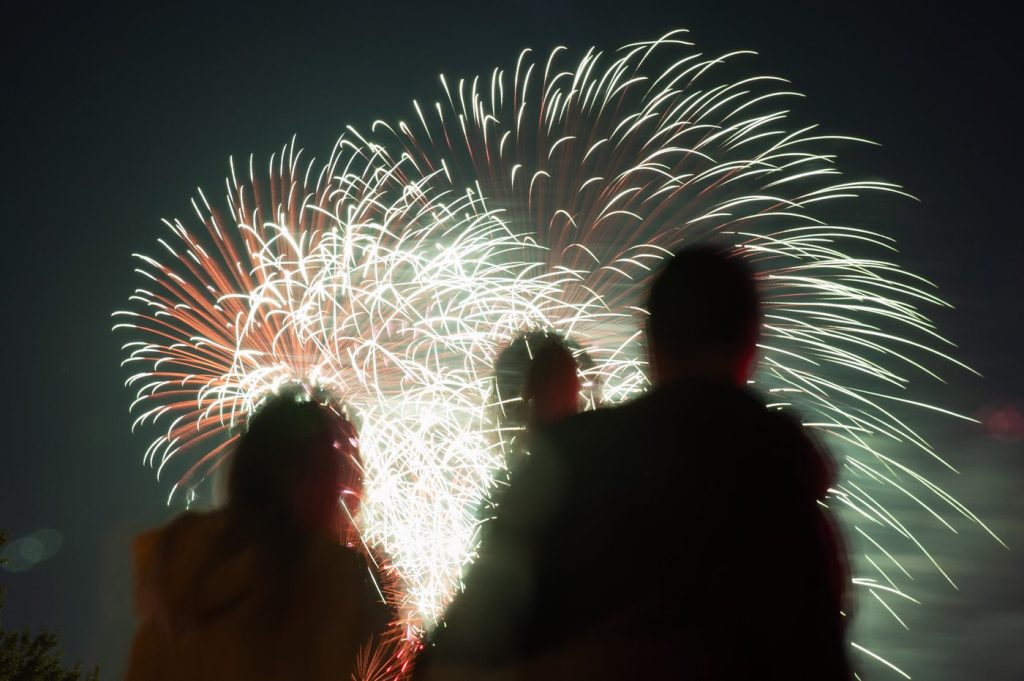Long time Sable Island naturalist heading back next month
Posted Apr 26, 2018 03:49:00 PM.
This article is more than 5 years old.
Listen to Rick Howe's conversation with Zoe Lucas:
The wild ponies of Sable Island are the national park's most famous residents, however naturalist Zoe Lucas says the remote sand dunes are home to a rich diversity of wildlife.
Lucas has lived on the island for about 40 years, first visiting in 1971 when she was a jewelry student at NSCAD.
“The first moment I set foot on the island, it was like I was just another shipwreck cast ashore that never got off the sandbar again,” she told NEWS 95.7's The Rick Howe Show.
The remote stretch of narrow crescent-shaped sand is located 300 kilometres southeast of Halifax.
“It's just a wondrous place, a sweeping landscape,” she said. “You can see forever, you can see the ocean from almost any spot that you're in. The colours are wonderful and of course the wildlife, being able to see seals, horses and see the lifecycles on the island, it's really very engaging.”
Lucas has been spending more time in Halifax lately.
The researcher founded the Green Horse Society, which has been working on biodiversity surveys on the island for about a decade. However, she's been evolving that group into the a new organization, the Sable Island Institute.
“It's multidisciplinary,” she explained. “It will be far more involved in arts and history, as well as science and research on the island.”
When Lucas heads back next month, her work will largely focus on bees.
The rich flower-filled habitat is home to five species. Four are commonly found elsewhere in Nova Scotia, but one is only found on Sable.
“It's called the Sable Island sweat bee, and it's probably going to be listed as a species at risk sometime this year or next year.”
However, the wild horses remain the location's most well-known inhabitants, which are now protected after a letter writing campaign in the 1960s.
The population is around 500, about twice as many as there were in the 70s and 80s.
“Parks Canada … will be looking at the relationship that the horses have to vegetation, the bees, seals and birds,” she said. “Hopefully in the next year or so, we'll begin to see some information on what that relationship is.”
Lucas will also be studying marine debris. Studies in the 1980s showed around 90 per cent of what washed up was plastic materials, with glass and metal making up the other 10 per cent.
Researchers will be redoing those surveys to compare the data.
“Because Sable is way out there far offshore, it's a really important monitoring platform for the health of the northwest Atlantic,” she said.
When asked if she ever gets lonely while on isolated island, Lucas said she's usually too busy to think about it.
“The work is so interesting, it's the focus all the time.”
She added, with four rotating Parks Canada staff members, an additional two from the Meteorological Service of Canada, researchers, maintenance people, contractors and inspectors, there can be up to 20 people living on the island at times.
And a few times a year, expedition vessels arrive to bring a burst of 100 to 150 visitors during summer months.
“The don't stay overnight,” explained Lucas. “They come to the island for a three hour walkabout, then leave so there's very little impact from that.”
Those visitors are guided around the ecologically sensitive area to make sure there is no negative interaction with the environment.
Access to Sable island remains restricted with permission is needed from Parks Canada to visit.
If you can't afford a tour, you can virtually visit via Google Maps.








